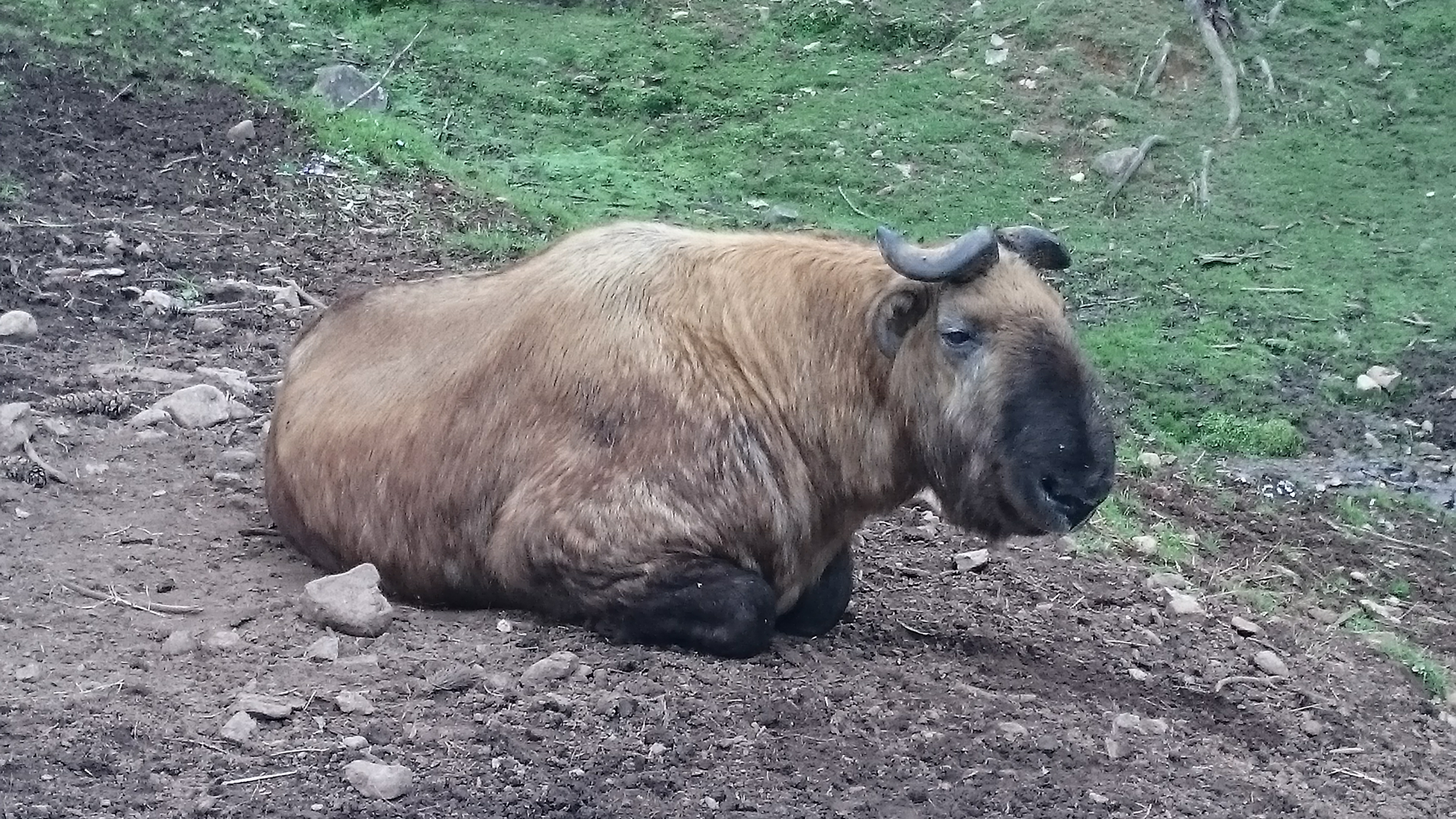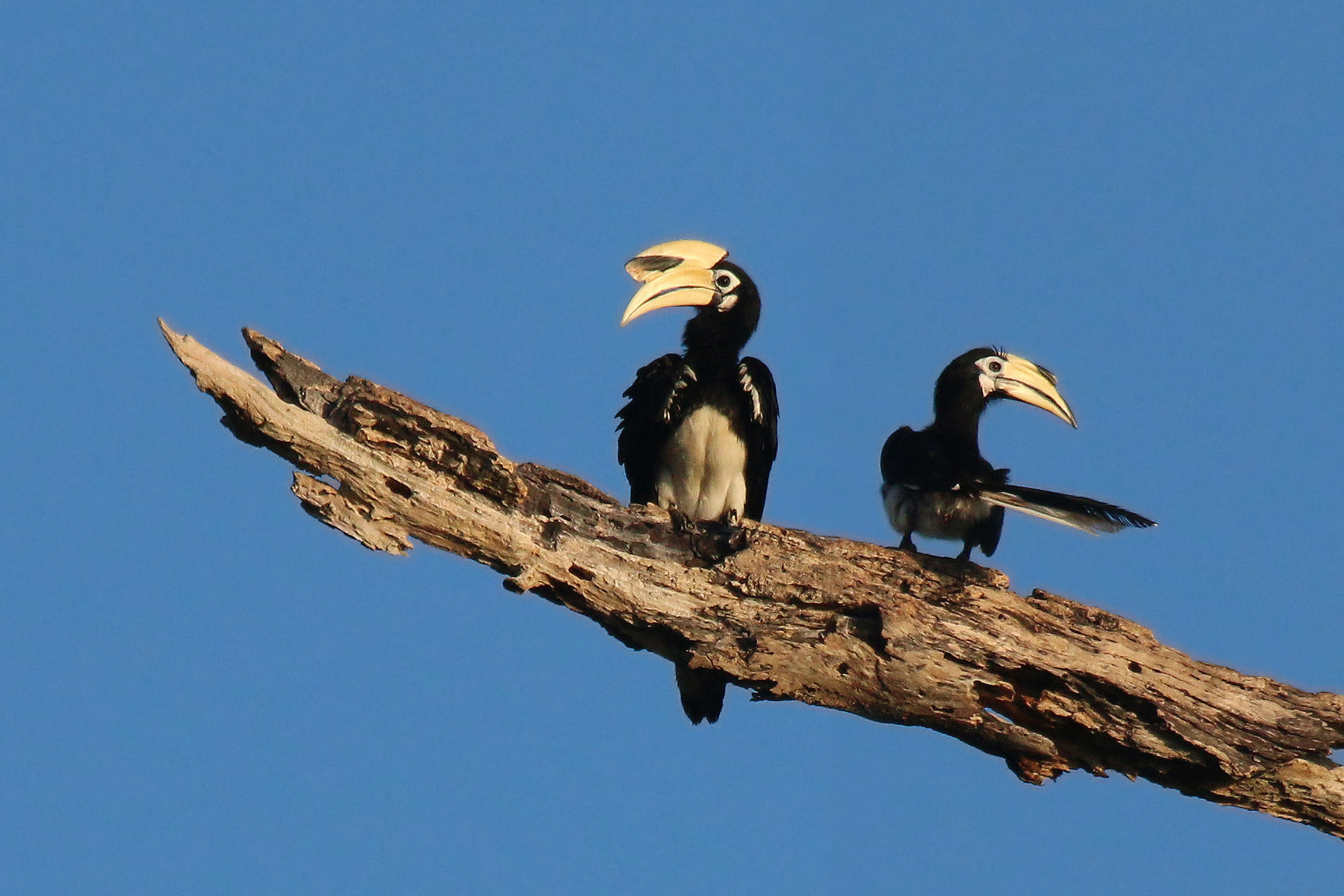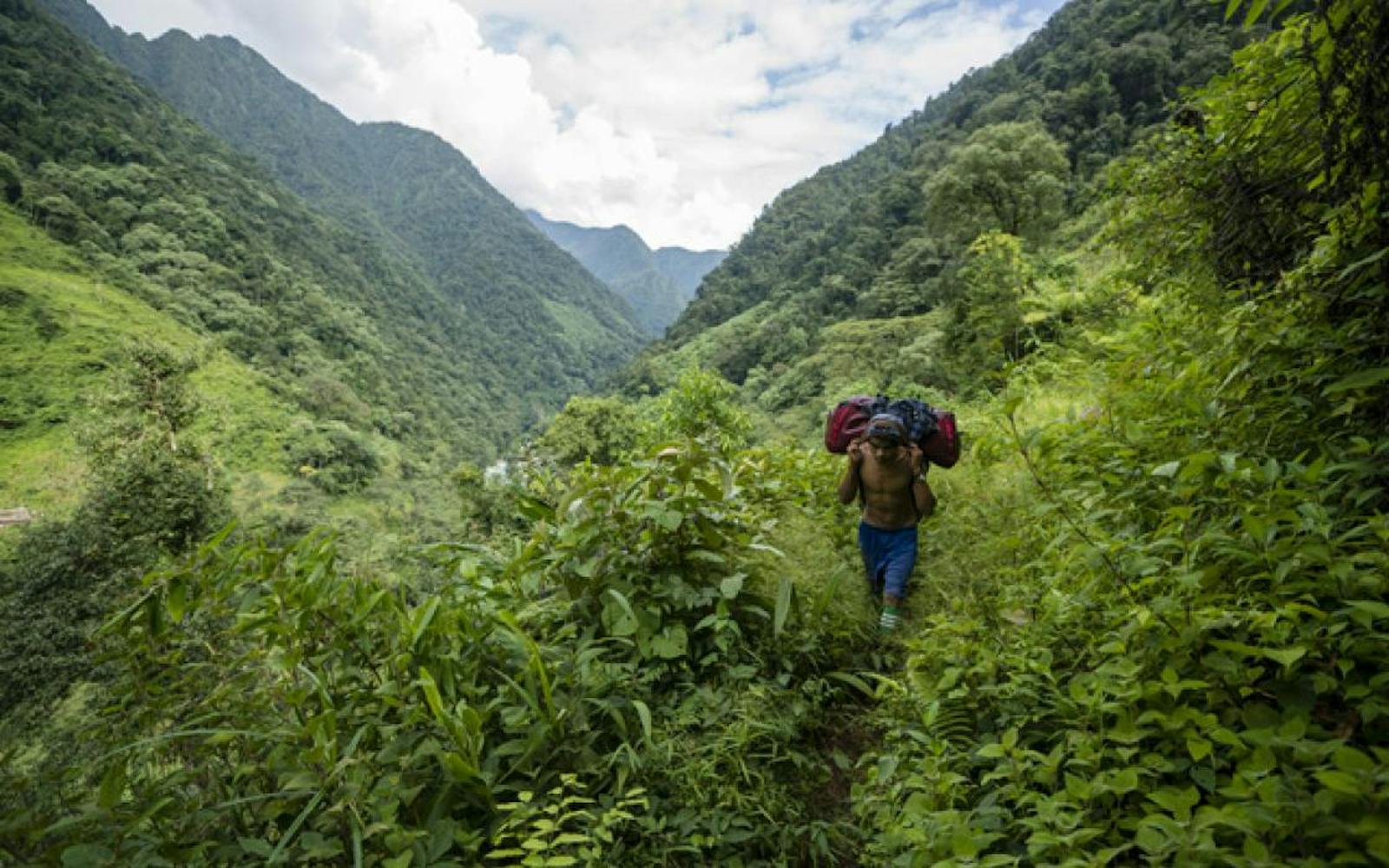Northern Triangle Temperate Forests
The ecoregion’s land area is provided in units of 1,000 hectares. The conservation target is the Global Safety Net (GSN1) area for the given ecoregion. The protection level indicates the percentage of the GSN goal that is currently protected on a scale of 0-10. N/A means data is not available at this time.
Bioregion: Arakan Mountains & Northern Triangle Forests (IM10)
Realm: Indomalaya
Ecoregion Size (1000 ha):
1,075
Ecoregion ID:
307
Conservation Target:
95%
Protection Level:
5
States: Myanmar
Infamously known as the ‘Golden Triangle’, the northernmost mountains of Myanmar where this ecoregion lies is also a storehouse of endangered biodiversity. Red panda, red goral, takin, and dusky musk deer are some of the very highly threatened mammals that live here. The region is still largely scientifically unexplored, and the biological information, especially of its flora, is still based on the early pioneering explorations by Kingdon-Ward in the early 20th Century.

The flagship species of the Northern Triangle Temperate Forests ecoregion is the takin. Image credit: Creative Commons
The Northern Triangle Temperate Forests ecoregion represents a relatively narrow band of temperate forests in northern Myanmar’s mountains. The mountains were created over 40 million years ago, during the tumultuous collision between the northward- drifting Deccan Plateau and the Laurasian continent that also gave rise to the Himalayan Mountains. Being geologically young, the mountains are rugged and deeply dissected. Peaks rise steeply to over 3,000 m, and are the sources of the Chindwin, Mali Hka, and N’mai Hka rivers that flow south to converge in the lower reaches to form the Irrawaddy River.
Biogeographically, these mountains are an ecotone of the Assam-Indian, Eastern Himalayan, Indo-Malayan, and Chinese floral regions. This mingling adds to the species richness. The temperate forests between 1,830 and 2,700 m are characterized by species such as Alnus nepalensis, Betula cylindrostachya, Bucklandia populnea, and species of Castanopsis, Schima, Callophylus, and Michelia.
At higher elevations, the forests transition into a mix of broadleaf and conifers, with species of Quercus, Magnolia, Acer, Prunus, and Rhododendron along with Picea, Tsuga, Larix, and Taiwania flousiana. A diverse shrub layer is represented by species of Berberis, Clethra, Enkianthus, Euonymus, Hydrangea, Photinia, Rhododendron, Rubus, and Sorbus.
About 90 mammal species are known from this ecoregion. Many of these species, and especially those listed above, are global conservation priorities threatened in many parts of their range. For instance, although the red panda has a wide distribution across the Himalaya and parts of southern China, it is a habitat specialist that lives in old-growth, high elevation temperate broadleaf and mixed conifer forests. It also has a specialized diet that consists largely of Arundinaria or cane bamboo that grows in the forest undergrowth.
Thus, the habitat distribution of red pandas is patchy. The red panda does not look anything like its more famous name-sake, the giant panda. Instead, it is much smaller and cuter, with an orange-brown coat, large head with eyes accentuated by reddish-brown tear marks that extend from the eyes to the corner of the mouth. This charismatic appeal seems to be both a blessing and a curse, as they are hunted for their pelt to make hats.

Oriental pied hornbill. Image credit: Creative Commons
Over 365 birds are known from this ecoregion. Several of these species have low tolerances for habitat degradation, and are potential indicators of habitat integrity. These are the oriental pied hornbill, wreathed hornbill, Blyth’s tragopan, Himalayan flameback, and Sclater’s monal.
The conservation importance of this ecoregion goes beyond individual species. It is also an important ecological link in maintaining seasonal migrations of birds and mammals, and as natural water towers to the region. Much of the ecoregion is under formal protection, and very little habitat remains unprotected. Swidden agriculture and poppy cultivation are still practiced inside protected areas. Wildlife killing is widespread for local consumption and for the wildlife trade; species such as musk deer, red panda, and Himalayan black bear are especially valued in the trade.
Thus, the recommended conservation interventions are to: 1) promote effective management of the protected areas and engage local communities as conservation stewards; 2) promote sustainable livelihood practices for communities inside protected areas; 3) address hunting for the wildlife trade.
Citations
1. Wikramanayake, E, E. Dinerstein, et al. 2002. Terrestrial Ecoregions of the Indo-Pacific: A Conservation Assessment. Island Press.
2. Ward, F.K., 1921. In farthest Burma: the record of an arduous journey of exploration and research through the unknown frontier territory of Burma and Tibet. Seeley, Service & co., limited.
3. Rao, M., Rabinowitz, A. and Khaing, S.T., 2002. Status Review of the Protected‐Area System in Myanmar, with Recommendations for Conservation Planning. Conservation Biology, 16(2), pp.360-368.



